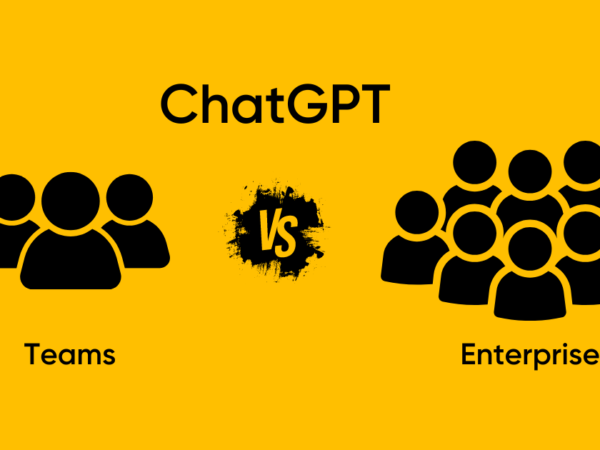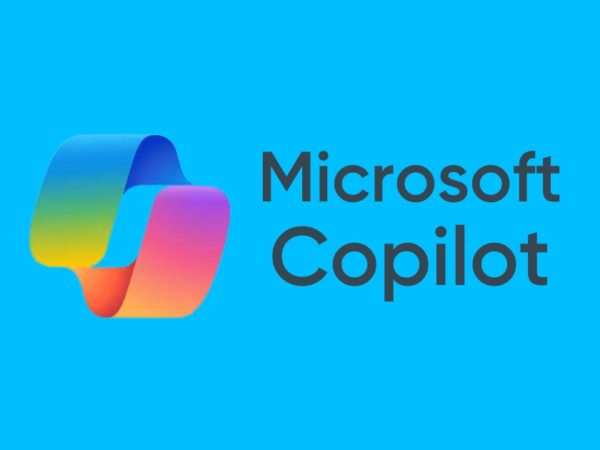ChatGPT is a powerful artificial intelligence language model that has been developed by OpenAI. It is capable of engaging in natural language conversations with users and has a wide range of potential applications, including in customer service, education, marketing, and workplace communication. To ensure that ChatGPT is effective in your specific use case, it is crucial to train the model on relevant data. In this article, we will explore how to train ChatGPT for your specific use case.
Understand the Importance of Data
The first step in training ChatGPT for your specific use case is to understand the importance of data. The quality and quantity of the data used to train the model will have a significant impact on its performance. To ensure that the model is effective, you will need to provide it with a diverse and extensive corpus of data that reflects the queries, issues, and concerns of your target audience.
Identify the Purpose and Scope of the Model
The second step is to identify the purpose and scope of the ChatGPT model. What specific tasks do you want the model to perform, and what is the scope of its application? For example, if you are training ChatGPT for customer service, you will need to provide it with data that reflects common customer queries and issues. If you are training ChatGPT for education, you will need to provide it with data that reflects the learning objectives of your target audience.
Collect and Curate Relevant Data
Once you have identified the purpose and scope of the model, the next step is to collect and curate relevant data. This can include customer queries, support tickets, social media posts, or any other relevant data that reflects the queries and concerns of your target audience. It is important to ensure that the data is diverse and representative of the target audience.
Preprocess and Clean the Data
Before training the ChatGPT model, it is crucial to preprocess and clean the data. This can include removing duplicate data, correcting spelling errors, and standardizing the format of the data. Preprocessing and cleaning the data can help ensure that the model is trained on high-quality data that reflects the queries and concerns of your target audience.
Train and Fine-Tune the Model
Once the data has been collected, curated, and preprocessed, it is time to train the ChatGPT model. This can be done using platforms such as Hugging Face, which provides pre-trained models and tools for training new models. It is important to fine-tune the model for your specific use case, which can involve adjusting the parameters, changing the learning rate, or using different optimization algorithms.
Evaluate and Improve the Model
After training and fine-tuning the ChatGPT model, it is important to evaluate its performance and make any necessary improvements. This can involve measuring the accuracy and effectiveness of the model, analyzing customer feedback, or using machine learning tools to optimize the model’s performance.
Conclusion
In conclusion, training ChatGPT for your specific use case is essential to ensure that it is effective in engaging in natural language conversations with users. By understanding the importance of data, identifying the purpose and scope of the model, collecting and curating relevant data, preprocessing and cleaning the data, training and fine-tuning the model, and evaluating and improving its performance, you can ensure that ChatGPT is providing the best possible experience for your target audience.



